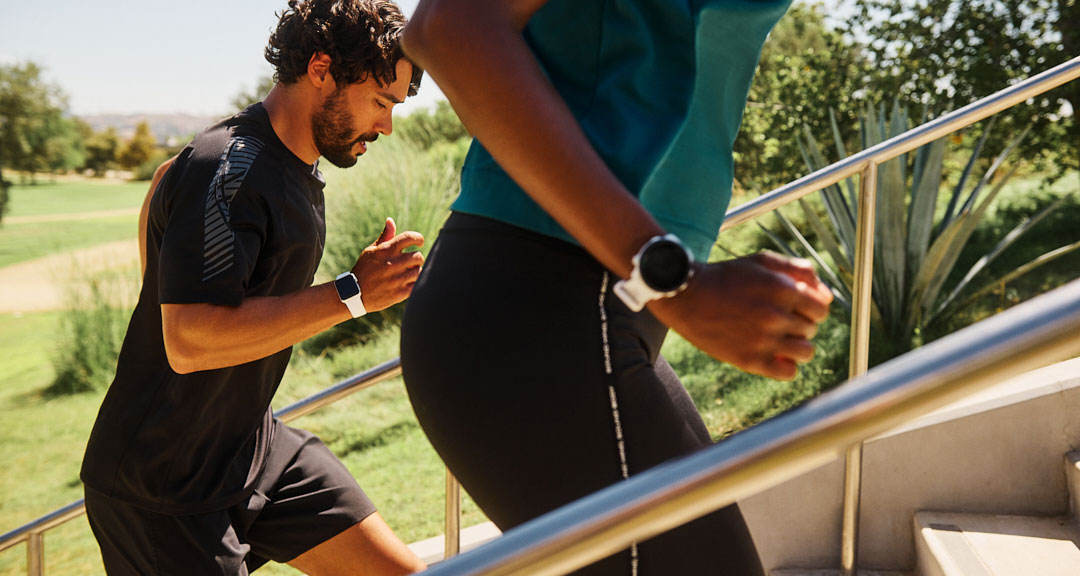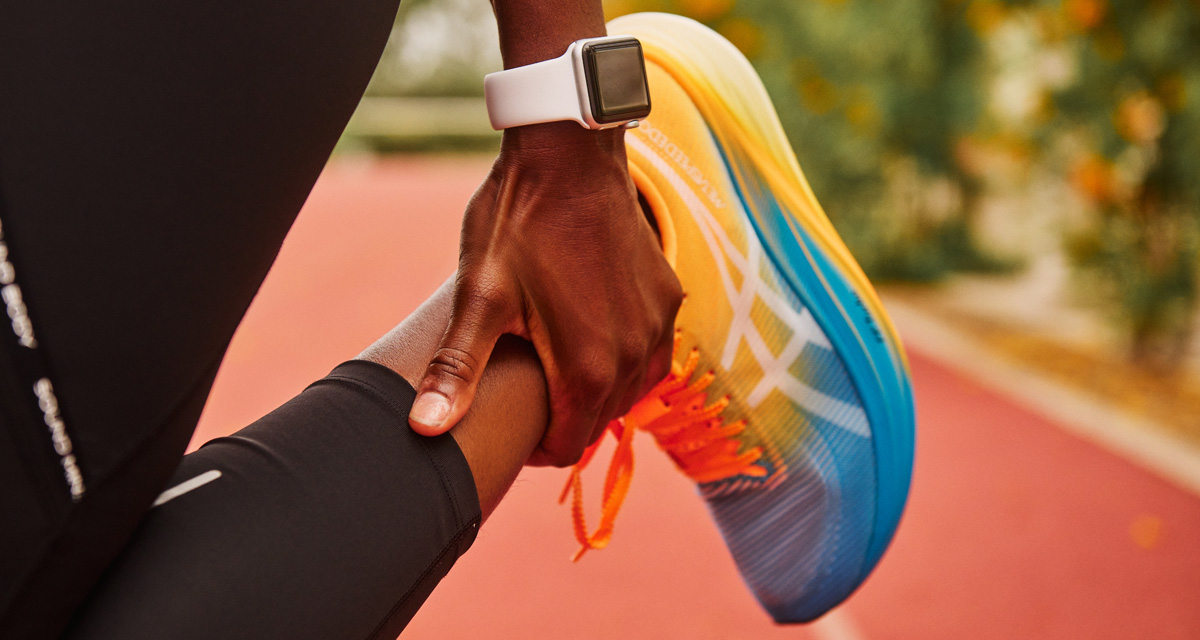What is Proper Running Form?
Hi there, and welcome back to the Mohsin Salya blog.
In today’s running world, there’s a lot of talk surrounding ‘proper running’. This makes it very difficult to determine which approach is best for you. There’s a few different reasons why people want to ‘fix’ their running, from eliminating injuries to getting faster.
Your running mechanics are determined by the strength and flexibility of certain muscles and how your body is built. Today I wanted to share a few basics on my recommended running form, to help you maintain proper running form on any terrain.
I feel that these are the best positions for your body parts to ensure minimal injury and maximum comfort, however it’s important to find your own way and run in a way that is 100% comfortable for you. If you were to watch ten different people run, you would notice that each one has a distinctive style. That’s because there isn’t one ‘correct’ way to run. You should run the way that is most comfortable and efficient for you. However, you can still fine-tune your running technique, whether you’re an experienced runner or a walker who is ready to jump into running. Every runner should understand the basics like proper breathing, posture and foot strike.
Correct
Just as you would maintain a good posture when standing or sitting, running is no different. Maintaining a relaxed, upright posture while running is essential. Good posture will help release tension and reduce strain in the neck and shoulders, which can prevent muscle fatigue. The ideal running form is to run in a relaxed manner with as little tension as possible. These tips will help you do just that:
- Look straight ahead
- Relaxed shoulders
- Upright torso
- Arms relaxed, swinging at your sides
- Hands held in unclenched fist
- Knees slightly bent
- Landing between your heel and mid-foot
Incorrect
It’s best to avoid these traits and bad habits in order to minimise damage to muscles or injury whilst running:
- Head looking down
- Shoulders high and tight
- Leaning too far forward
- Arms held too tight
- Hands clenched too tight
- Hips turned out
- Stride too long
- Landing on your heel
Until next time,
Mohsin Salya




